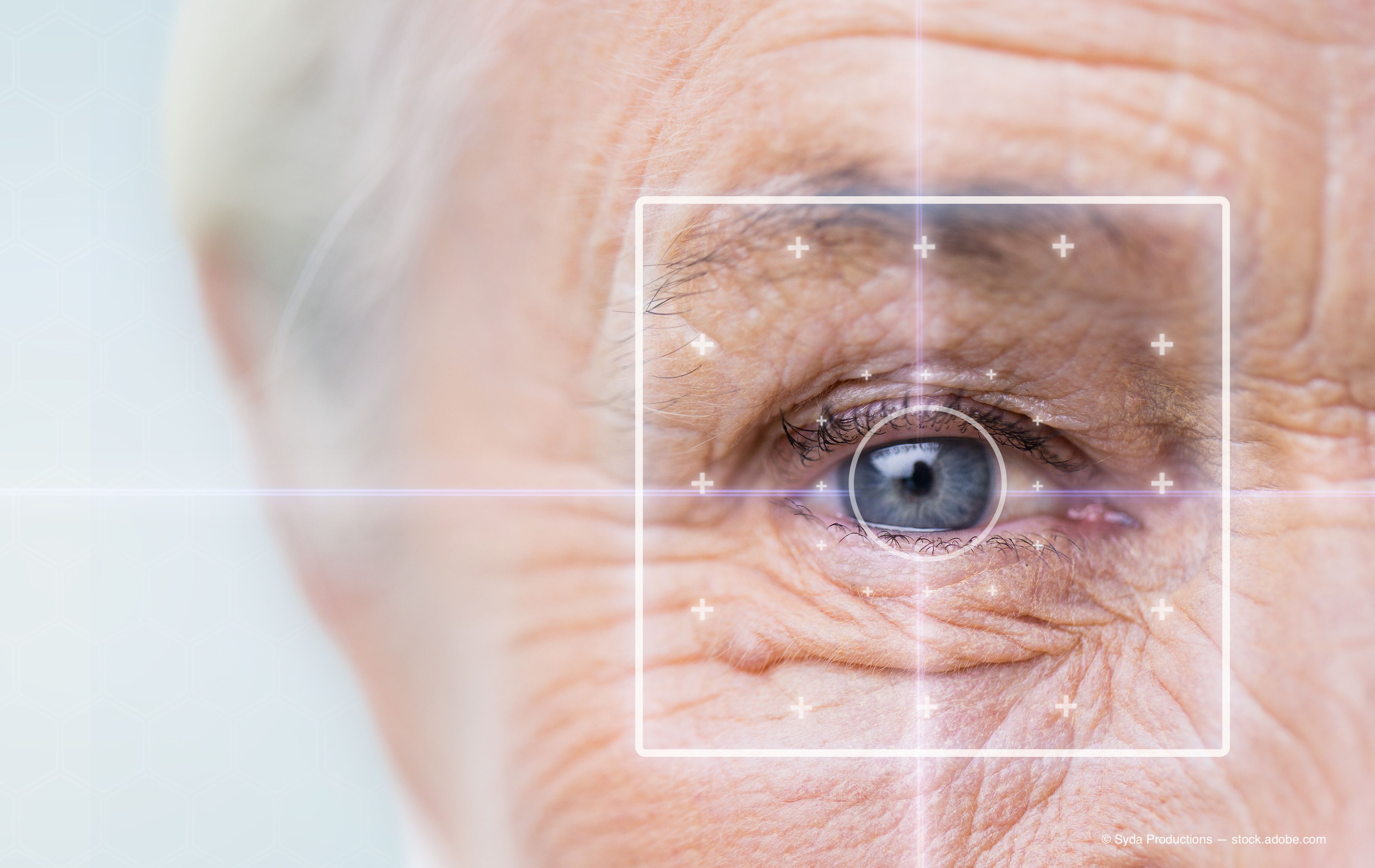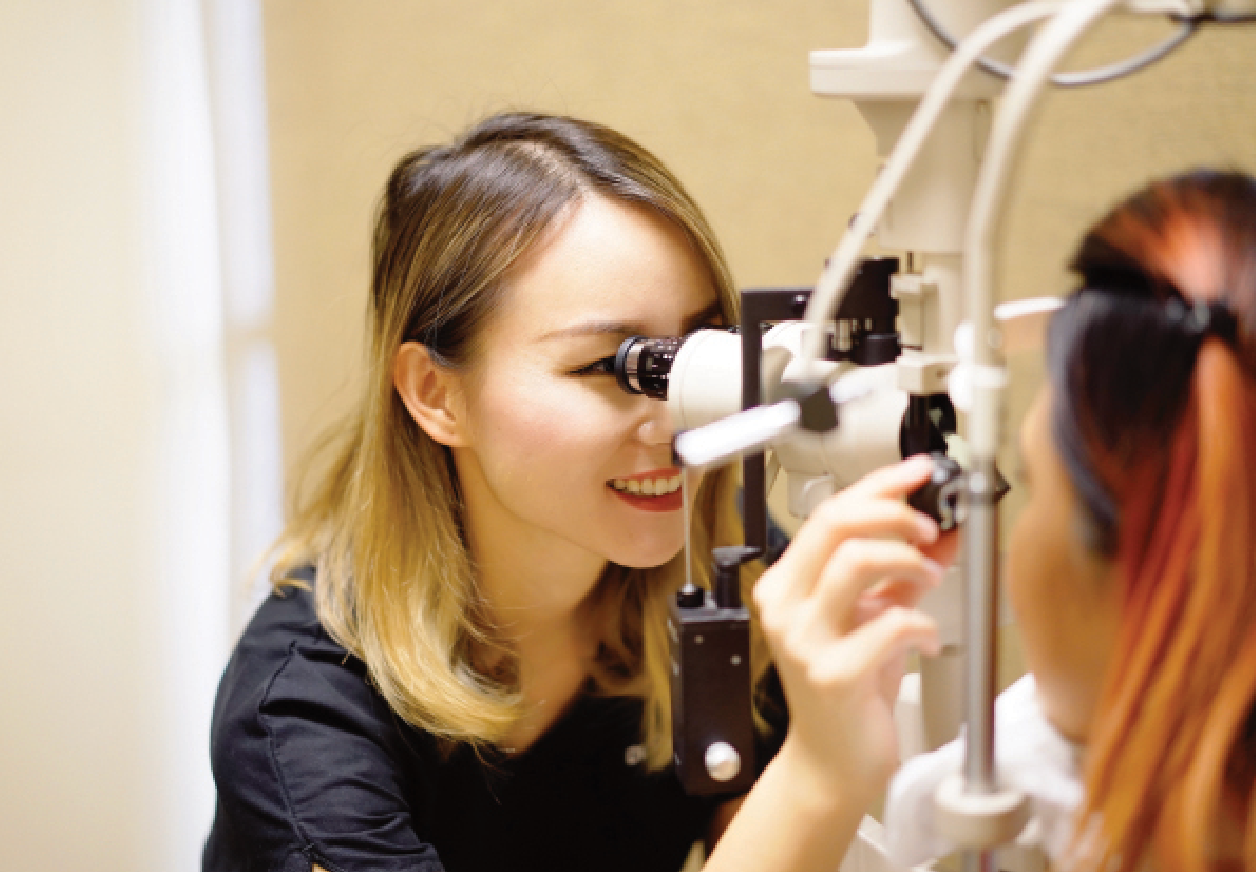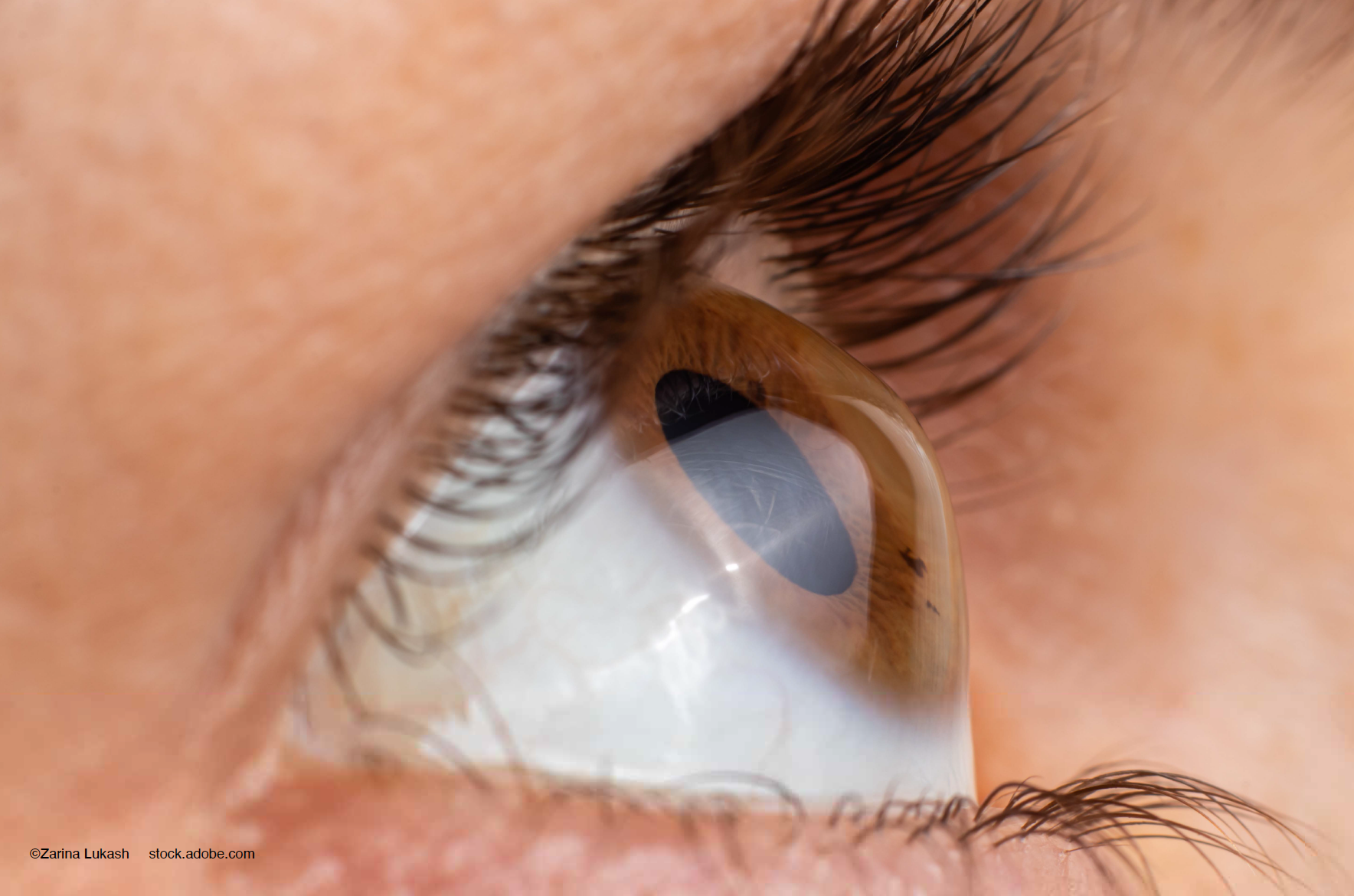Article
Topical cetirizine latest therapy to treat allergic conjunctivitis
Oral cetirizine is one of the most used oral medications for treatment of allergic rhinitis. In May 2017, the FDA approved the first ophthalmic formulation of the second-generation histamine-1 (H1) receptor antagonist for use in treating ocular itching associated with allergic conjunctivitis.
Oral cetirizine is one of the most used oral medications for treatment of allergic rhinitis. In May 2017, the FDA approved the first ophthalmic formulation of the second-generation histamine-1 (H1) receptor antagonist for use in treating ocular itching associated with allergic conjunctivitis.
The approval was based on an NDA package that included data demonstrating the efficacy, safety, and tolerability of cetirizine ophthalmic solution 0.24% (Zerviate, Nicox) in 3 phase III randomized, double-masked, vehicle-controlled clinical trials using the conjunctival antigen challenge (CAC) model.
The results showed that cetirizine had a rapid onset of action for mitigating allergen-induced conjunctival itching and prolonged activity, demonstrating statistically and clinically significant superiority to vehicle at evaluations performed 15 minutes and 8 hours after instillation of the topical drop.
Cetirizine is recommended for twice daily dosing, and its safety and effectiveness were established in pediatric patients 2 years of age and older.
“We are excited to bring this product to market because it is the only topical ocular antihistamine containing cetirizine, an active ingredient with a long track record of safe and effective oral use,” said Michele Garufi, chairman and CEO, Nicox, Valbonne, France. “Cetirizine has been available for oral use for over 20 years. The compound is well known to ophthalmologists, allergists, pediatricians, and other primary care providers.”
Phase III studies
Phase III studies
Participants in the phase III CAC studies had a history of allergic conjunctivitis. They were treated with vehicle or cetirizine, challenged with the allergen 15 minutes and 8 hours later, and evaluated for signs and symptoms of an allergic response at various intervals post-allergen challenge.
Ocular itching, the primary efficacy endpoint, was evaluated using a 5-point severity rating scale at 3-, 5-, and 7-minute, post-allergen challenge. Evaluation of secondary endpoints showed that cetirizine demonstrated statistical superiority to vehicle at 15 minutes and 8 hours after administration for chemosis, eyelid swelling, and ear or palate itching.
In total, topical cetirizine was evaluated in 7 clinical trials in which 840 patients with allergic conjunctivitis or at risk of developing allergic conjunctivitis received the active medication or vehicle. The most commonly reported adverse reactions, which occurred in about 1% to 7% of subjects treated with either topical cetirizine or vehicle, were ocular hyperemia, instillation site pain, and reduced visual acuity.
Animal models show that cetirizine is selective for H1 receptors and has negligible anticholinergic and antiserotonergic activity.
The ophthalmic formulation of cetirizine was developed by Aciex Therapeutics, a company founded by Ora (Andover, MA). Nicox (Paris, France) acquired Aciex Therapeutics in 2014. Nicox intends to partner the commercialization rights to cetirizine in the United States.
Newsletter
Don’t miss out—get Ophthalmology Times updates on the latest clinical advancements and expert interviews, straight to your inbox.





